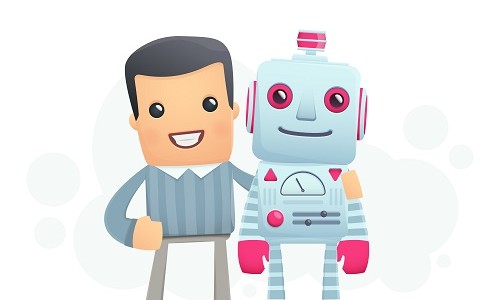Industrial motion control systems are designed to execute a defined function quickly and repeatedly with precision. The crux of designing these robots centers around mechanical function. Building robots isn’t just a matter of mechanics any more, though. Modern robots are interacting with humans more and more. Researchers and roboticists must consider these interactions, and not just the way that robots move. The more that people and robots interact, the more important it is to consider psychology and robotics together.
People and robots interact more often
It’s no longer just roboticists and industrial workers who interact with robots. Automation is now commonplace, and many of us interact with automated systems on a regular basis.
At the moment, most of these interactions don’t involve robots that can manipulate the physical environment around them. Automation comes in lots of different flavors, and most of the robots that the average person engages with are digital systems rather than physical robots. That appears to be changing, however.
Improvements in artificial intelligence and robotics means that we can expect to see human-robot interactions become even more common in the near future, and many of these robots will be able to manipulate physical world.
Considering psychology and robotics
You don’t really need to consider psychology with industrial robots. Human thoughts, feelings, motivations, and tendencies aren’t all that important to a robotic arm behind a safety barrier. Industrial robots simply do as they’re told over and over while we watch from a safe distance.
As robots move out from behind their barriers and into roles working alongside humans, however, our psychology becomes a critical component to consider. Our behaviors suddenly determine what robots can and should do.
Considering human psychology can help account for things such as human unpredictability. It won’t be an easy process, but it’s going to be necessary if we want to continue integrating robots into our daily lives.
